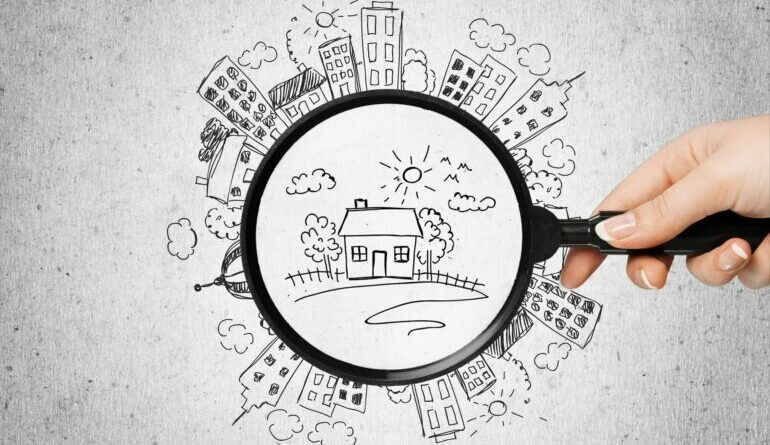Understanding Property Valuations and Their Impact on Insurance Coverage
In a world where municipal valuations and property insurance intersect, it’s crucial for property owners to grasp the significance of keeping their valuations up-to-date to ensure comprehensive insurance coverage.
As municipalities annually review rates, taxes, and valuations, property owners often find themselves at the crossroads of financial decisions. The municipal valuation, aimed at gauging a property’s market value, remains distinct from its expected replacement value. Despite escalating municipal valuations, it’s essential to recognise that these figures might still fall short of accurate insurance valuations based on current replacement costs.
“The municipal valuation, determined by intricate formulas set by the Valuations Policy and the Local Government: Municipal Property Rates Act 6 of 2004, might not precisely mirror market value. Acknowledging this legal requirement, property owners are encouraged to assess their properties against replacement values, factoring in elements such as construction costs, professional fees, demolition expenses, and upgraded regulatory compliance,” says Peter Olyott, CEO of financial services provider, Indwe Risk Services (Indwe).
Consider the scenario of a building that was erected two decades ago at a cost of R600,000, which today might command R6,000,000. Beyond construction costs, the inclusion of professional fees, demolition expenses, and regulatory upgrades could elevate rebuilding expenses from R6,900,000 to R8,280,000. The Sum insured in this example could be R4 000 000 (or less) which is more than 50% underinsured.
Olyott explains: “The potential consequences of outdated replacement value sums insured become evident in the face of loss. Imagine a R100,000 storm-related damage. With an updated replacement value sum insured of R8,280,000, insurers would contribute a mere R48,300 to cover the loss. Conversely, had a R5,500,000 municipal valuation been relied upon, insurers could have paid R66,425 of the loss, leaving the insured responsible for R33,575.”
Emphasising the importance of accurate valuations, Indwe Risk Services suggests leveraging online tools to estimate building costs. These platforms consider factors like property classification, location, and bespoke elements. For those unable to access such resources, consulting a quantity surveyor can provide an accurate reflection of replacement value.
Indwe Risk Services underscores the gravity of this situation. Underestimating insurance coverage by 50% could lead to substantial shortfalls. For instance, a hypothetical property owner saving R6,000 per year on insurance premiums could accumulate R100,000 over a decade, while the true rebuilding cost grows to R14,175,000. A loss of R500,000 could result in a shortfall of R167,900, excluding the R100,000 in savings.
Olyott reminds property owners that being adequately insured is not just a financial decision – it’s a safeguard against potential financial devastation.




